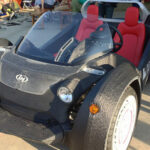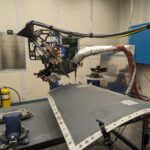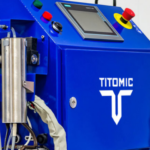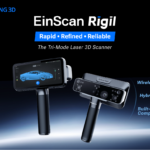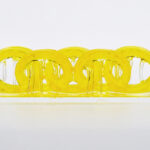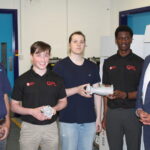3D printed components for cars are becoming more and more common every day. Some companies adopt the process due to cost or weight reasons while others look for novel design options. Bugatti, however, appear to also have had strength in mind and are set on proving the endurance of their new parts. They recently tested their latest brake caliper system for the Chiron under extreme hypercar conditions and the results are very promising.
The prestigious super car company has been testing the caliper all throughout 2018. These intense stress tests used a simulation machine that mimics the workings of a car running at high speed. When it reaches up to 233, the engineers apply the brakes and compare its endurance with that of its aluminum counterpart. When all was said and done, the caliper remained intact despite all the stress, and endured temperatures close to 2,000 degrees Fahrenheit.
The titanium part will become a staple of their Chiron car series, beginning in 2019.
3D Printing Supercar Components
https://youtu.be/hPkY8nBWxoU
Buggati developed the parts using 400 Watt lasers to metal print titanium, taking about 45 hours to build. The titanium powder undergoes the 3D printing process until all 2,213 layers transform into the object. Next, the engineers send it for heat treatment in a furnace which allows them to eliminate residual stress. As a result, the calipers can handle 275 pounds of force per square millimeter without titanium rupturing.
The caliper will comprise part of the front axle and eight pistons in the Chiron. It is 16 inches long and is substantially better than the casted aluminum version. The parts are not just stronger but also lighter, weighing 40% less (about 6.4 lbs).
Video and image courtesy of Buggati, retrieved via motor authority.


